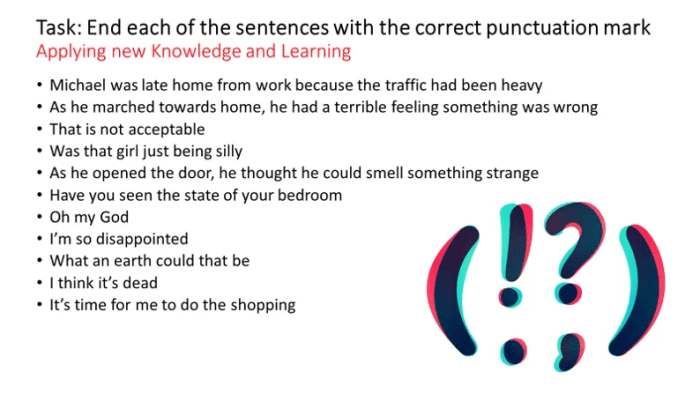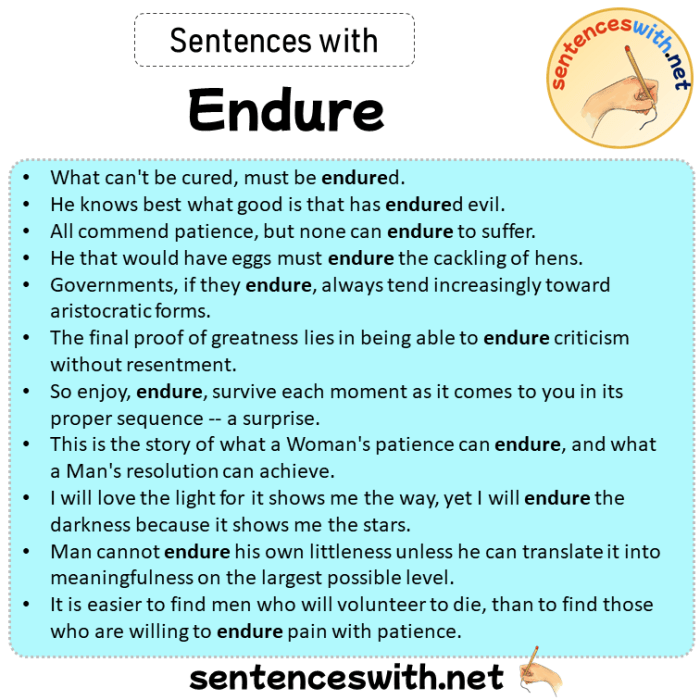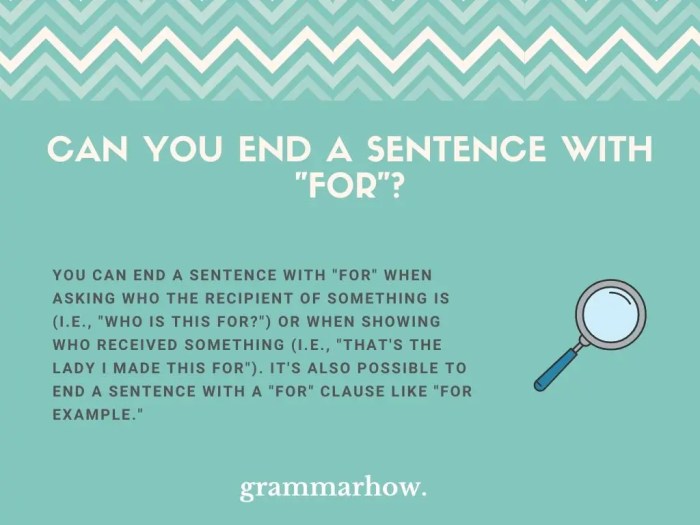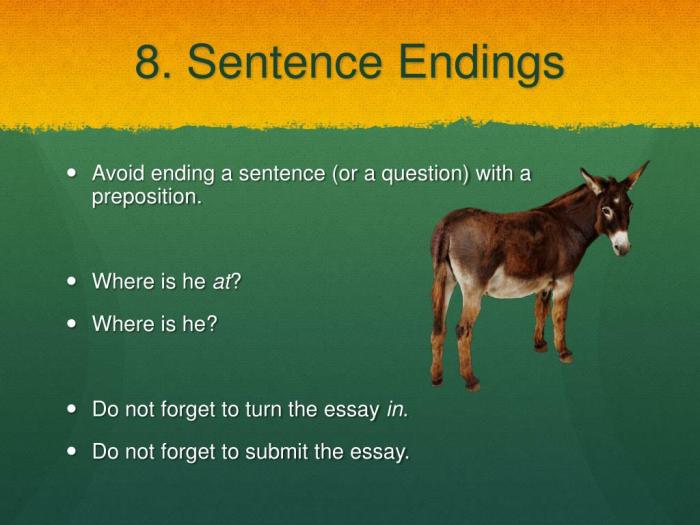Habitually end sentences as questions – Habitually ending sentences as questions, a peculiar speech pattern, has intrigued linguists and communication scholars alike. This phenomenon, often characterized by a rising intonation at the end of declarative statements, warrants exploration to unravel its linguistic intricacies, communicative impact, and sociocultural variations.
Delving into the grammatical structure and prosodic features of such sentences, we will examine the pragmatic functions they serve. Moreover, we will investigate the developmental trajectory of this speech pattern in children and explore educational implications for fostering appropriate sentence-ending conventions.
Habitual Sentence-Ending Questions

Habitual sentence-ending questions, also known as “uptalk” or “high rising terminal,” are a speech pattern characterized by a rising intonation at the end of sentences that are not questions. This linguistic phenomenon is often perceived as a form of insecurity or uncertainty, but it can also serve other communicative functions.
Individuals who exhibit this speech pattern may do so in various contexts, such as when they are seeking confirmation, expressing hesitation, or conveying a sense of tentativeness. The psychological or social factors that contribute to this habit can include a desire for approval, a lack of confidence, or a tendency towards indirect communication.
Prevalence
Research suggests that habitual sentence-ending questions are more common among certain demographic groups, such as young women and individuals from certain socio-economic backgrounds. However, it is important to note that this speech pattern can occur in individuals of any age, gender, or social status.
Social Implications
The use of habitual sentence-ending questions can have social implications. In some contexts, it may be perceived as a sign of weakness or lack of assertiveness. However, in other contexts, it may be seen as a way of expressing politeness or seeking consensus.
Impact on Communication

Habitual sentence-ending questions can significantly affect the clarity and effectiveness of communication. They introduce an inherent ambiguity, making it challenging for listeners to discern the speaker’s true intent or stance.
This speech pattern can lead to potential misunderstandings or misinterpretations. Listeners may perceive a question where none was intended, leading to confusion or uncertainty. Conversely, they may interpret a genuine question as a statement, resulting in a lack of clarity or a misapprehension of the speaker’s message.
Strategies for Overcoming the Habit
Individuals can overcome this habit and improve their communication skills by implementing several strategies:
- Awareness:Recognize the habit and become conscious of the tendency to end sentences with questions.
- Practice:Engage in deliberate practice by consciously ending sentences with statements rather than questions.
- Feedback:Seek feedback from trusted sources, such as colleagues or friends, to identify instances where the habit manifests.
- Mindful Speech:Pay attention to speech patterns and actively work to replace sentence-ending questions with declarative statements.
Cultural and Contextual Variations
The prevalence of habitually ending sentences as questions varies across cultures and regions. In some cultures, this speech pattern is considered a polite or respectful way of speaking, while in others it may be seen as assertive or confrontational.
Social norms and expectations play a significant role in determining the acceptability of this speech pattern in different contexts. For example, in some professional settings, it may be considered inappropriate to end sentences as questions, as this could be interpreted as a lack of confidence or authority.
Age, Gender, and Social Status
Age, gender, and social status can also influence the use of habitual sentence-ending questions. In some cultures, older adults are more likely to use this speech pattern than younger adults. Similarly, women may be more likely to use this pattern than men, particularly in contexts where they are expected to be deferential or submissive.
Additionally, individuals with higher social status may be less likely to use habitual sentence-ending questions, as this could be perceived as a sign of weakness or uncertainty.
Linguistic Analysis: Habitually End Sentences As Questions

The grammatical structure of sentences that end as questions is distinct from declarative sentences. In declarative sentences, the subject precedes the verb, and the sentence ends with a period. In sentences that end as questions, the subject may precede or follow the verb, and the sentence ends with a question mark.
For example, the declarative sentence “The dog is brown” becomes the question “Is the dog brown?” when it ends with a question mark. In the declarative sentence, the subject “dog” precedes the verb “is,” but in the question, the subject follows the verb.
Additionally, the declarative sentence ends with a period, while the question ends with a question mark.
Use of Intonation, Punctuation, and Other Linguistic Cues
In addition to grammatical structure, intonation, punctuation, and other linguistic cues are used to convey a questioning tone. Intonation refers to the rise and fall of the voice during speech. In questions, the voice typically rises at the end of the sentence.
Punctuation also plays a role in signaling a question. In English, question marks are used to indicate the end of a question.
Other linguistic cues can also be used to convey a questioning tone. For example, the use of question words (e.g., who, what, when, where, why) can indicate that a sentence is a question. Additionally, the use of modal verbs (e.g.,
can, could, may, might, must, should, will, would) can also indicate a question.
Syntactic and Prosodic Features of Declarative Sentences and Sentences that End as Questions
The following table compares the syntactic and prosodic features of declarative sentences and sentences that end as questions:
| Feature | Declarative Sentence | Sentence that Ends as a Question |
|---|---|---|
| Grammatical Structure | Subject precedes verb | Subject may precede or follow verb |
| Intonation | Voice falls at the end of the sentence | Voice rises at the end of the sentence |
| Punctuation | Ends with a period | Ends with a question mark |
| Other Linguistic Cues | May use question words or modal verbs | May use question words or modal verbs |
Pragmatic Functions

Habitually ending sentences as questions serves several pragmatic functions. This speech pattern can be used to express uncertainty, seek confirmation, or engage the listener.
Expressing Uncertainty, Habitually end sentences as questions
Ending a sentence with a question can indicate that the speaker is not entirely certain about what they are saying. This can be a way of hedging, or avoiding making a definitive statement. For example, instead of saying “I know that the sky is blue,” a speaker might say “I know that the sky is blue, isn’t it?” This ending conveys a sense of uncertainty and allows the speaker to avoid committing to a statement that they may not be sure of.
Seeking Confirmation
Ending a sentence with a question can also be a way of seeking confirmation from the listener. This is often done in situations where the speaker wants to make sure that the listener is following them or that they agree with what is being said.
For example, a teacher might say “So, the main idea of this chapter is that the Industrial Revolution led to a number of social changes, right?” This ending invites the listener to confirm that they understand the main idea of the chapter.
Engaging the Listener
Ending a sentence with a question can also be a way of engaging the listener and drawing them into the conversation. This is often done in situations where the speaker wants to keep the listener’s attention or to get them to participate in the discussion.
For example, a speaker might say “So, what do you think about this new policy?” This ending invites the listener to share their thoughts and opinions on the topic.
Developmental and Educational Implications

The developmental trajectory of habitually ending sentences as questions in children is not fully understood, but it is believed to emerge as a result of a combination of linguistic and cognitive factors.
During early language development, children may use rising intonation at the end of sentences to indicate uncertainty or to seek confirmation from their caregivers. As they gain more linguistic competence, they typically begin to use falling intonation to indicate declarative sentences.
Supporting Children in Developing Appropriate Sentence-Ending Patterns
Educators can support children in developing appropriate sentence-ending patterns by providing them with explicit instruction and feedback.
One strategy is to use a “sentence stretching” technique, in which the educator models a sentence with falling intonation and then has the child repeat it with the same intonation.
Another strategy is to use a “question-answer” format, in which the educator asks a question and then has the child respond with a declarative sentence.
Lesson Plan for Identifying and Correcting Sentence-Ending Questions
Objective:Students will be able to identify and correct sentences that end as questions.
Materials:
- Whiteboard or chart paper
- Markers
- List of sentences (some with correct sentence-ending patterns and some with sentence-ending questions)
Procedure:
- Write a list of sentences on the whiteboard or chart paper, including some with correct sentence-ending patterns and some with sentence-ending questions.
- Have students read each sentence aloud.
- For sentences with correct sentence-ending patterns, have students identify the falling intonation at the end of the sentence.
- For sentences with sentence-ending questions, have students identify the rising intonation at the end of the sentence and then have them restate the sentence with falling intonation.
- Repeat steps 2-4 until all sentences have been read.
Common Queries
What are the potential misunderstandings that may arise from habitually ending sentences as questions?
This speech pattern can lead to ambiguity, as the intended meaning may be unclear. The listener may interpret the statement as a genuine question, seeking confirmation or clarification, rather than a declarative statement.
How can individuals overcome the habit of habitually ending sentences as questions?
To improve communication clarity, individuals can practice self-monitoring and consciously adjust their intonation patterns. Speech therapy or working with a communication coach can also provide guidance and support.
What role does culture play in the prevalence of habitually ending sentences as questions?
Cultural norms and expectations influence the acceptability of this speech pattern. In some cultures, it may be perceived as a sign of politeness or uncertainty, while in others, it may be considered inappropriate or unprofessional.